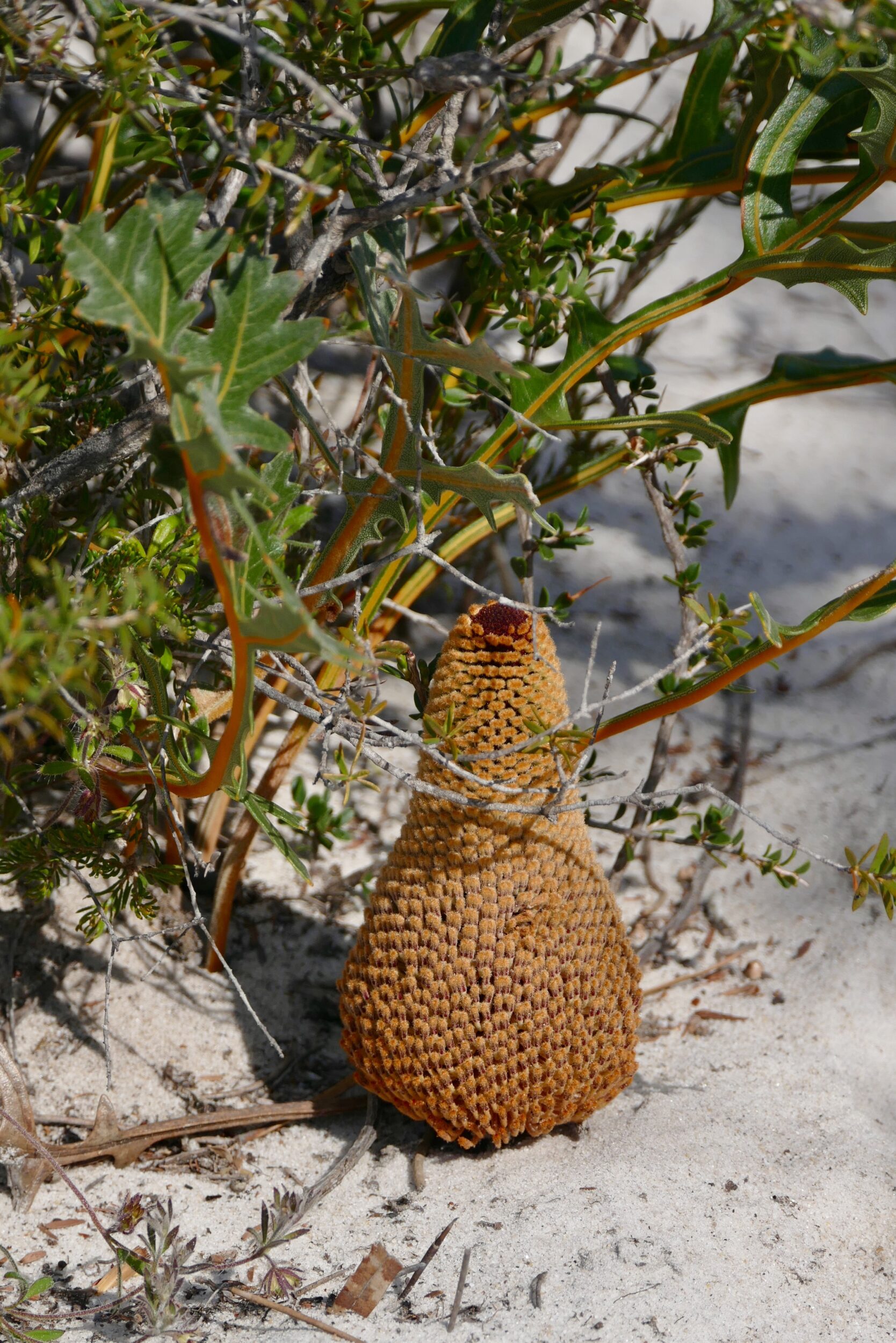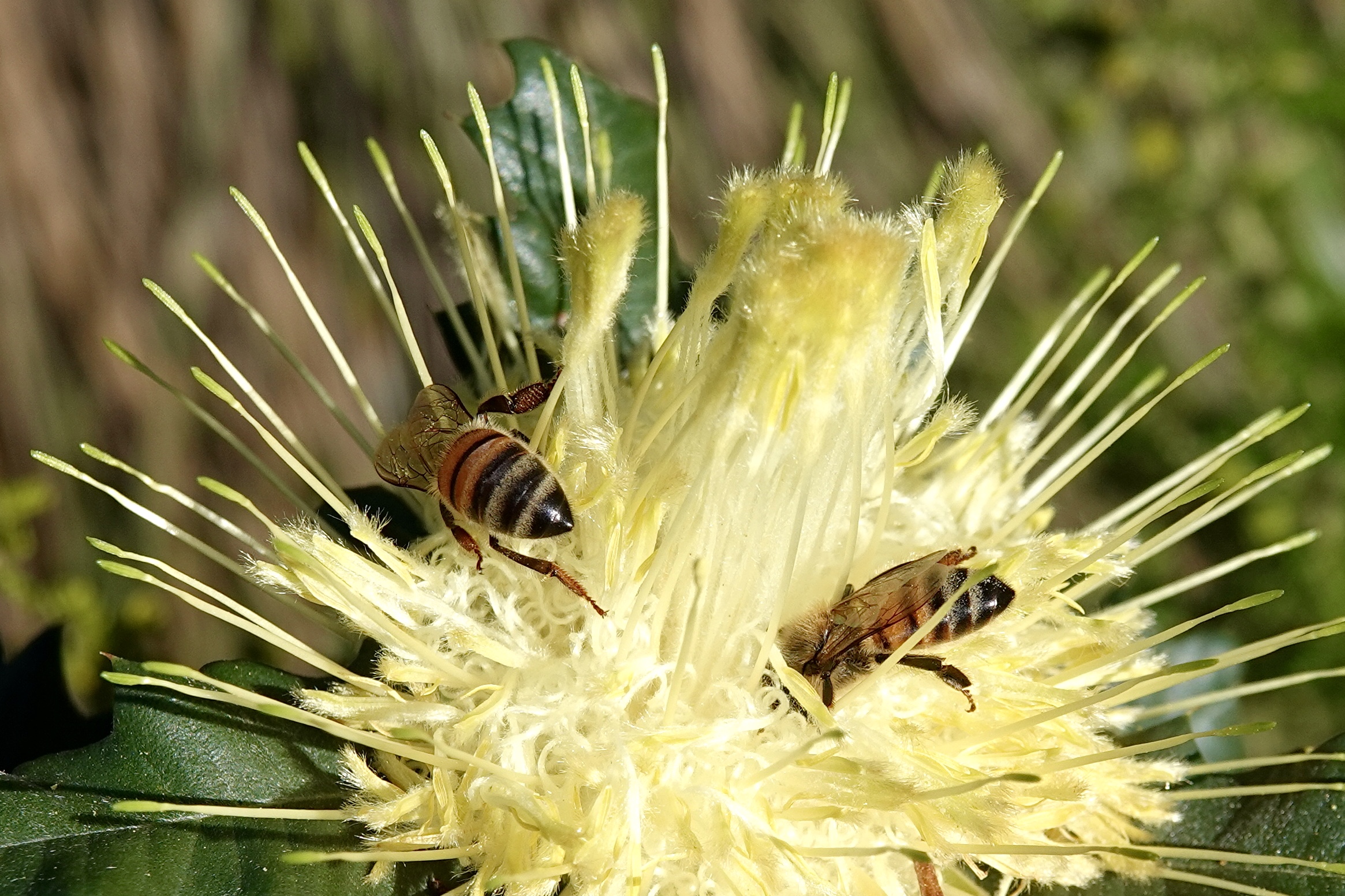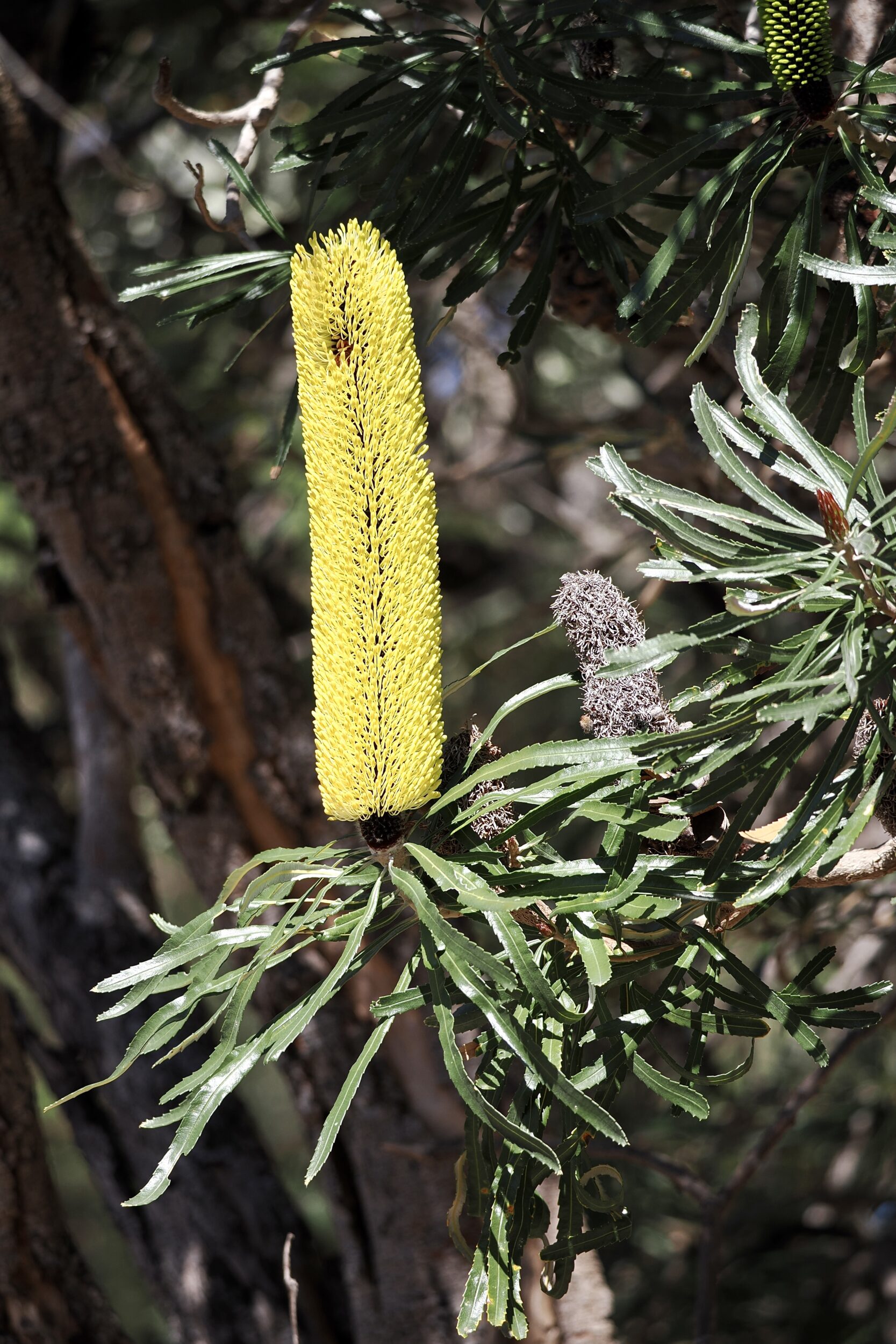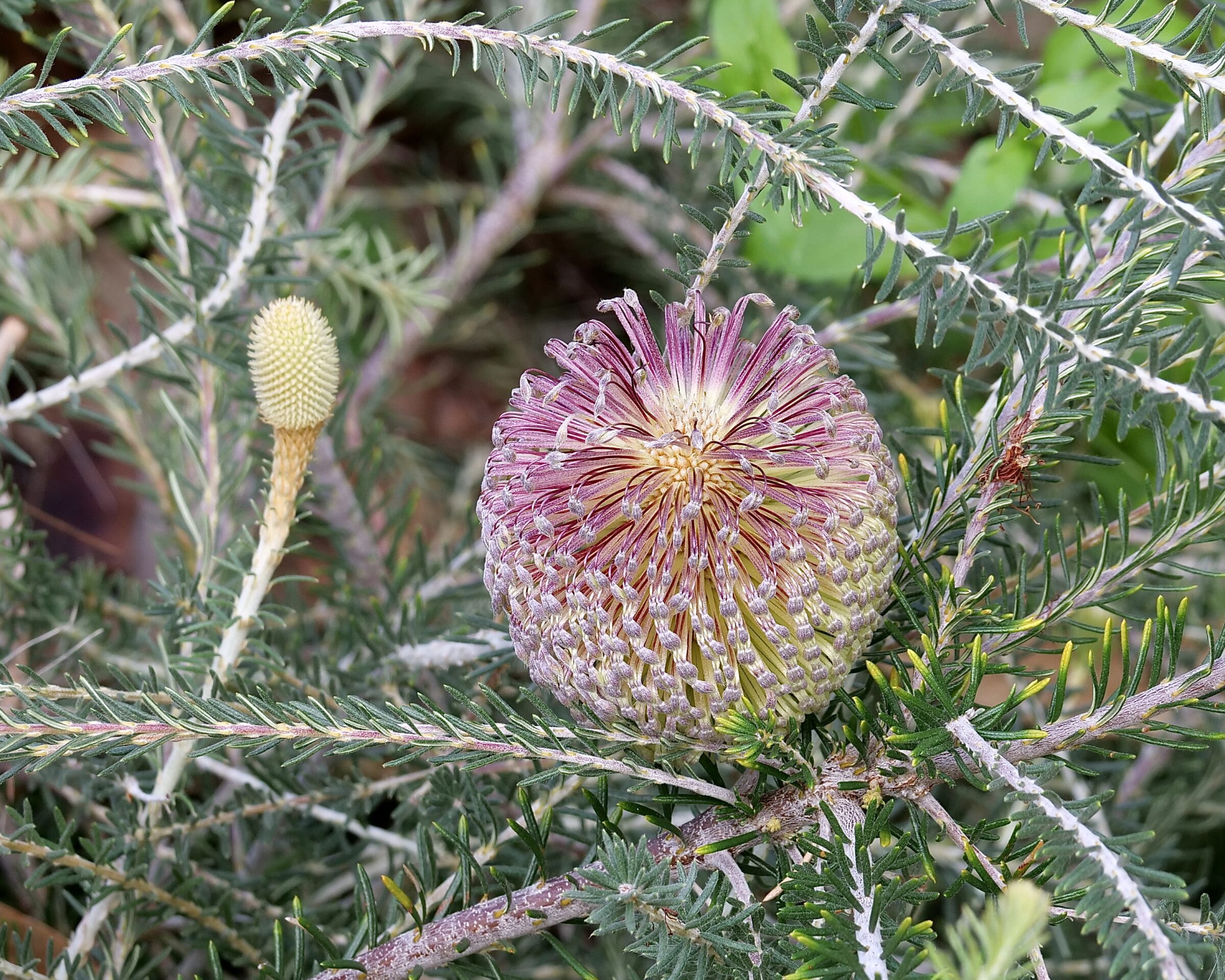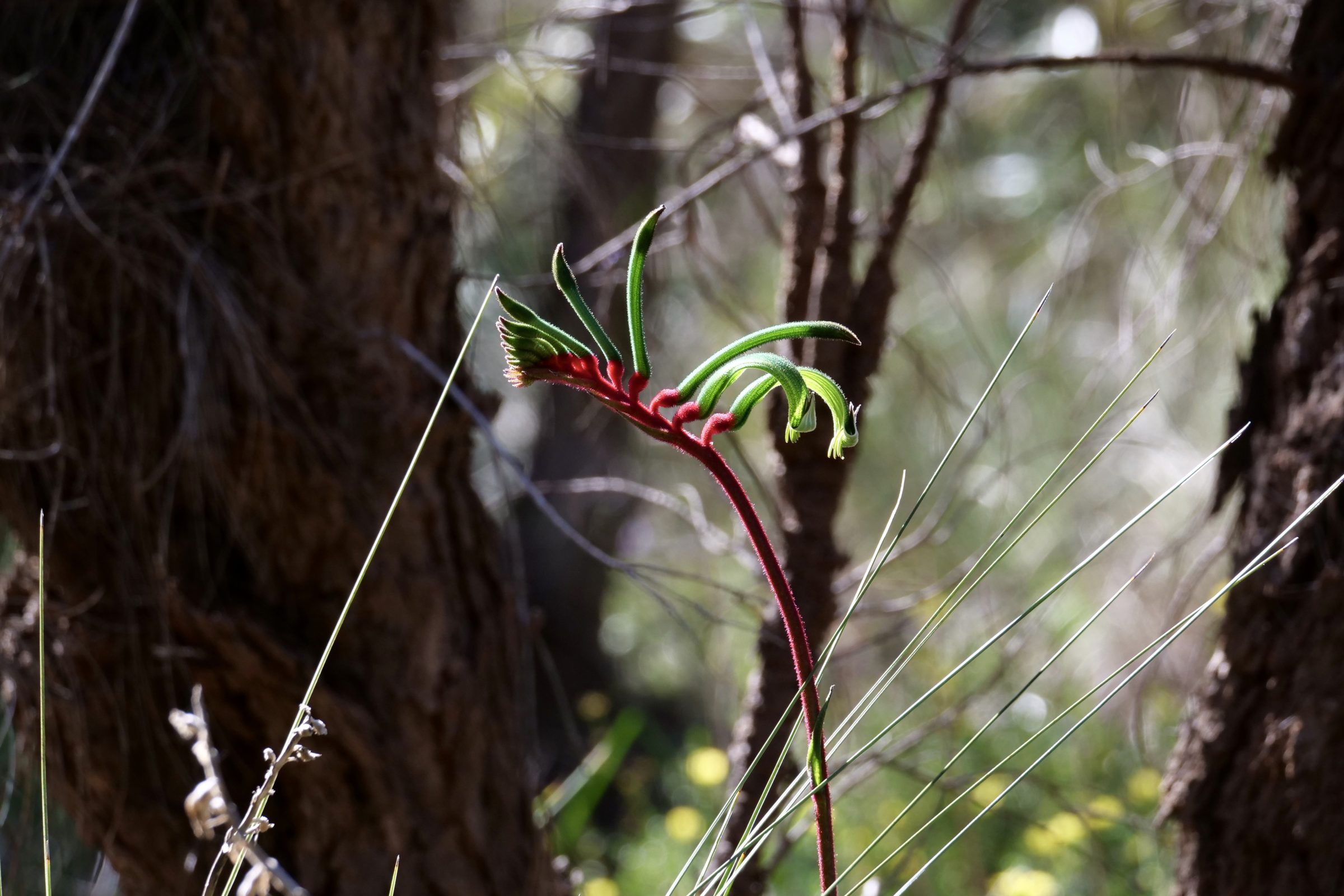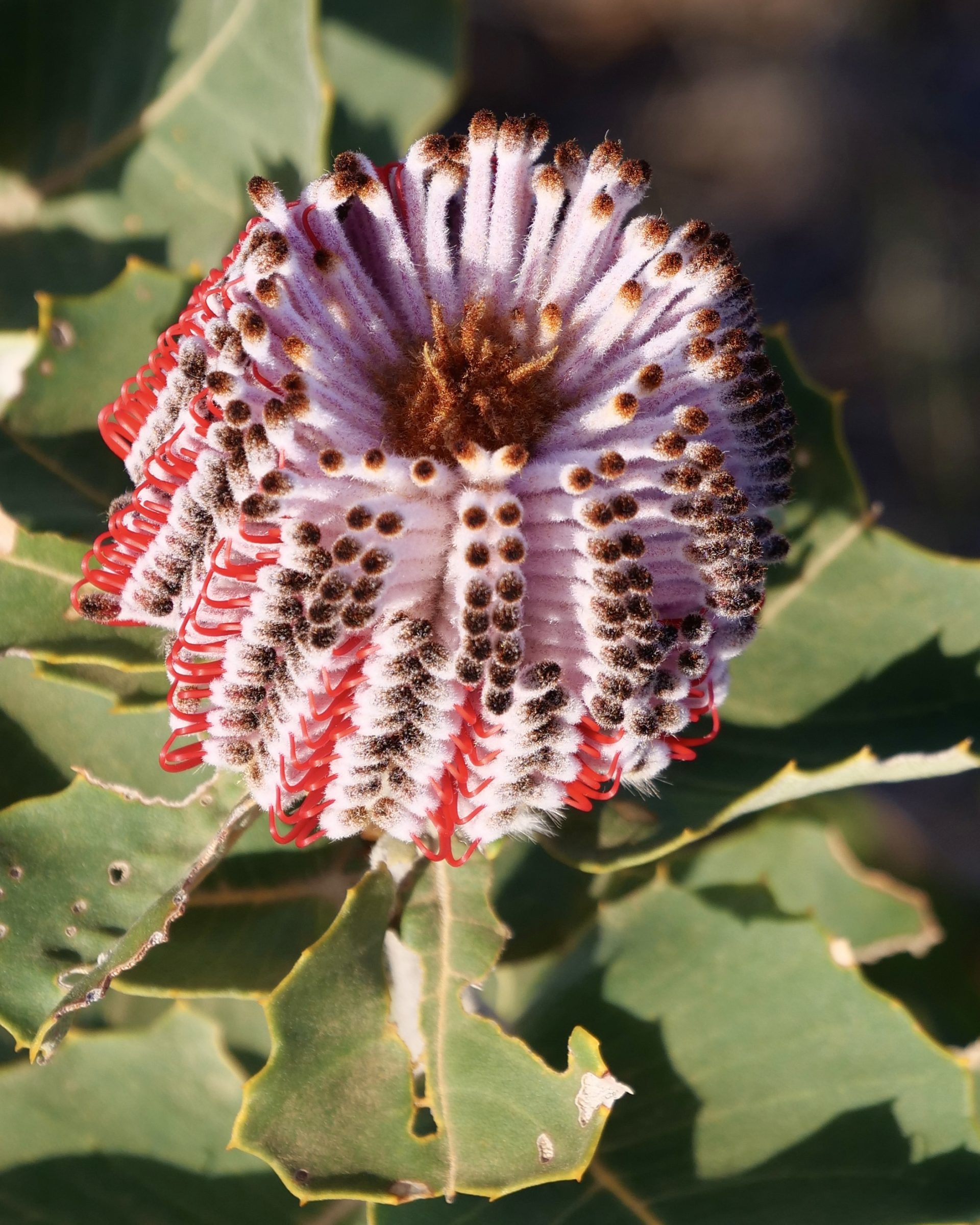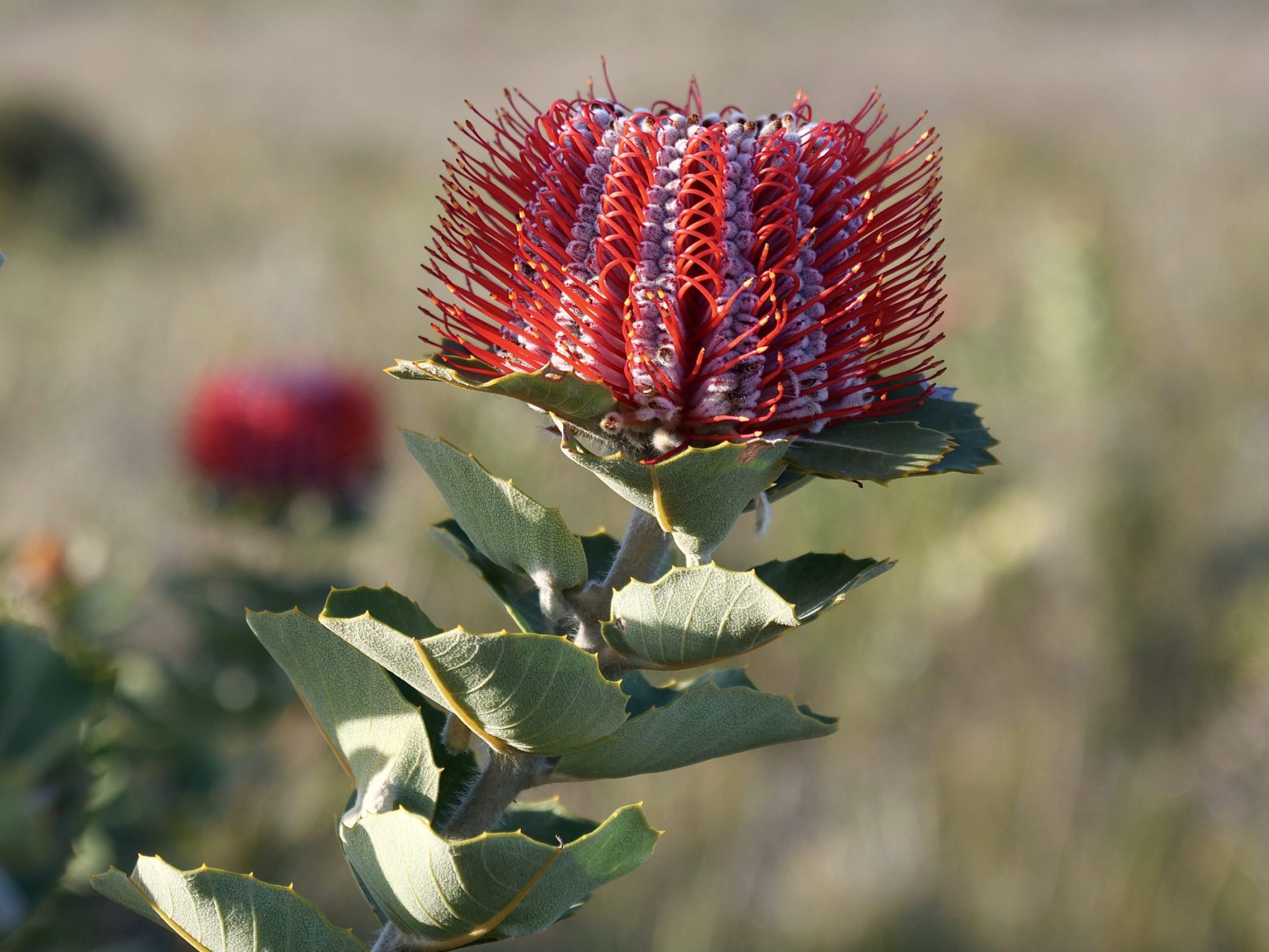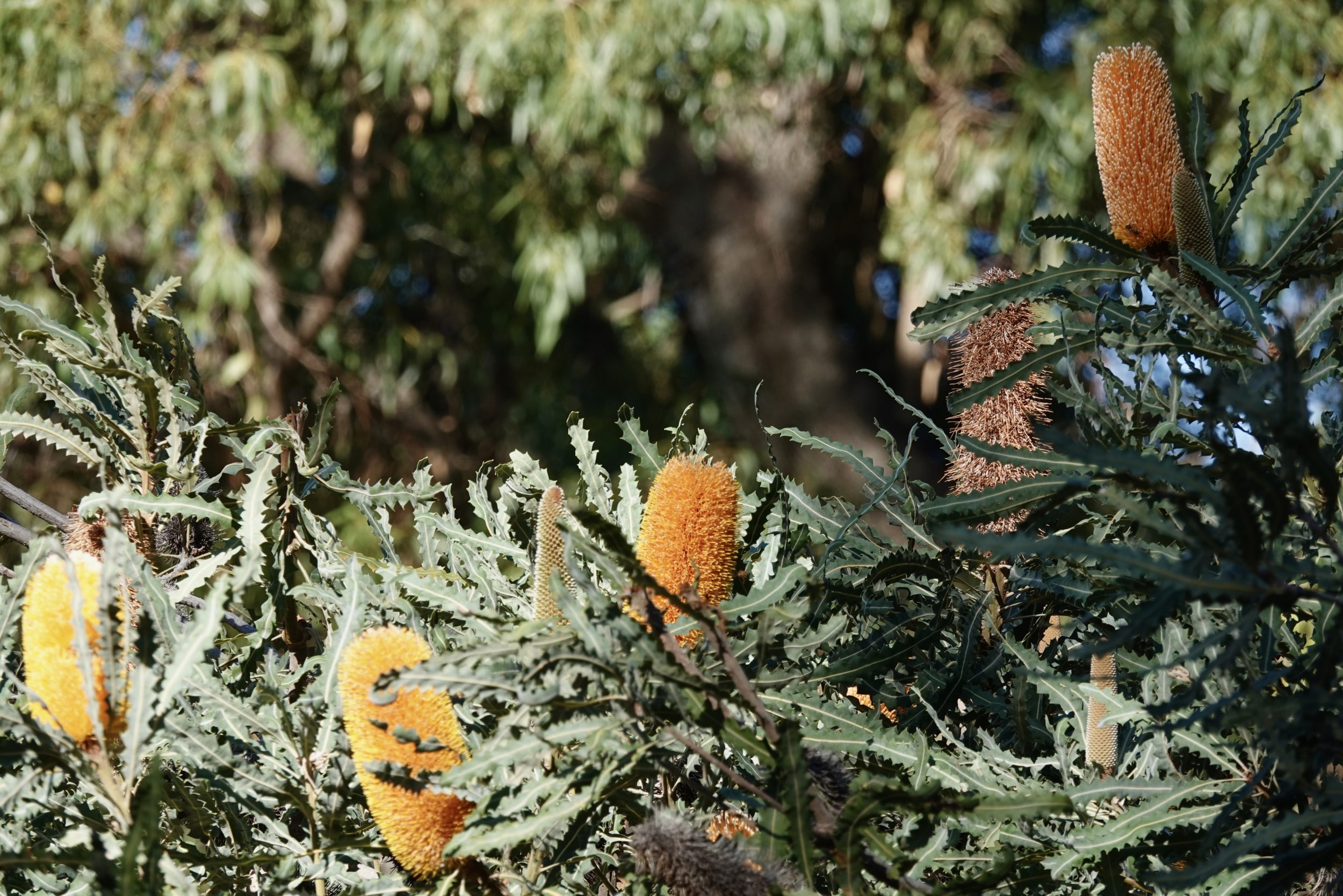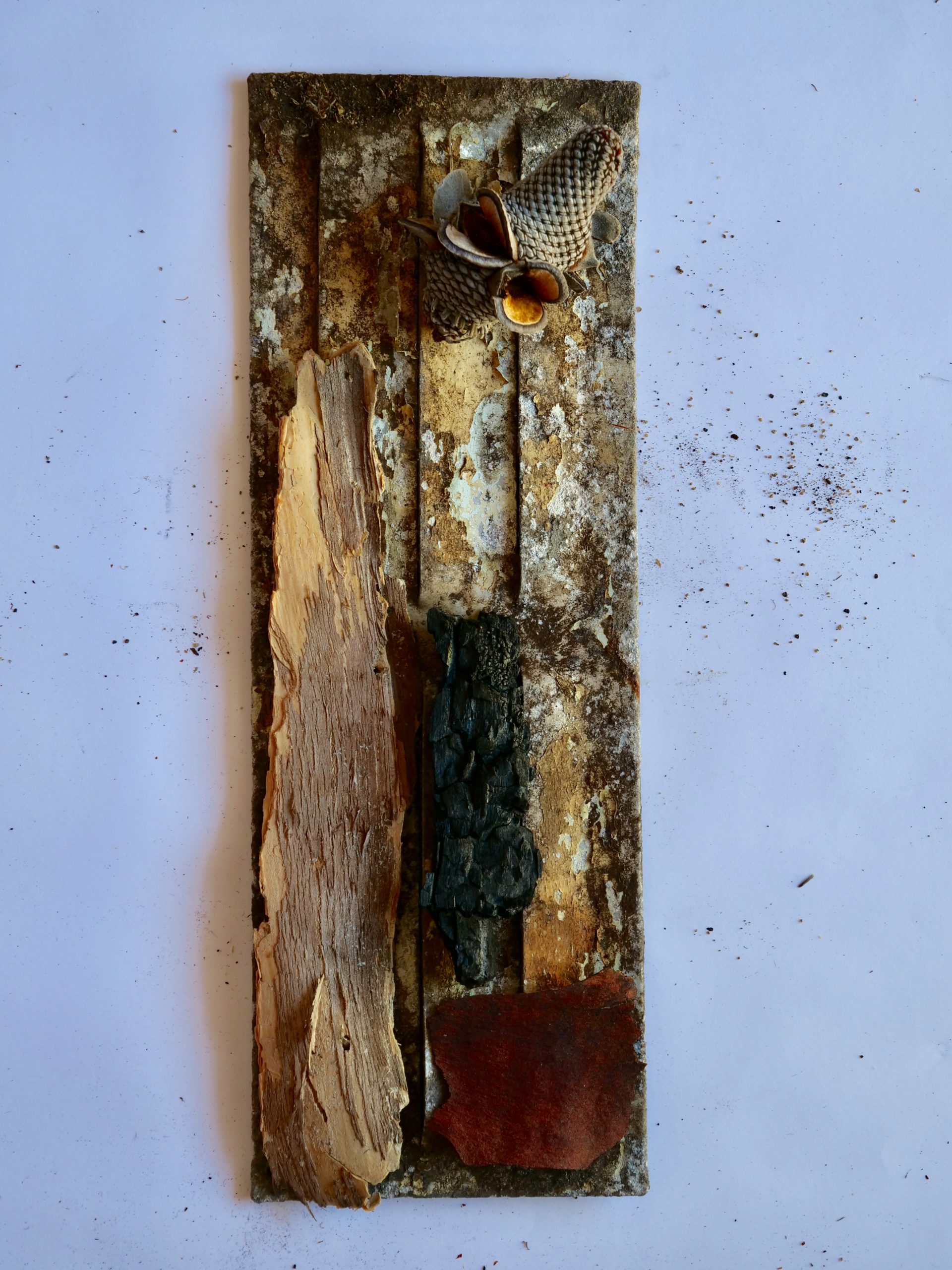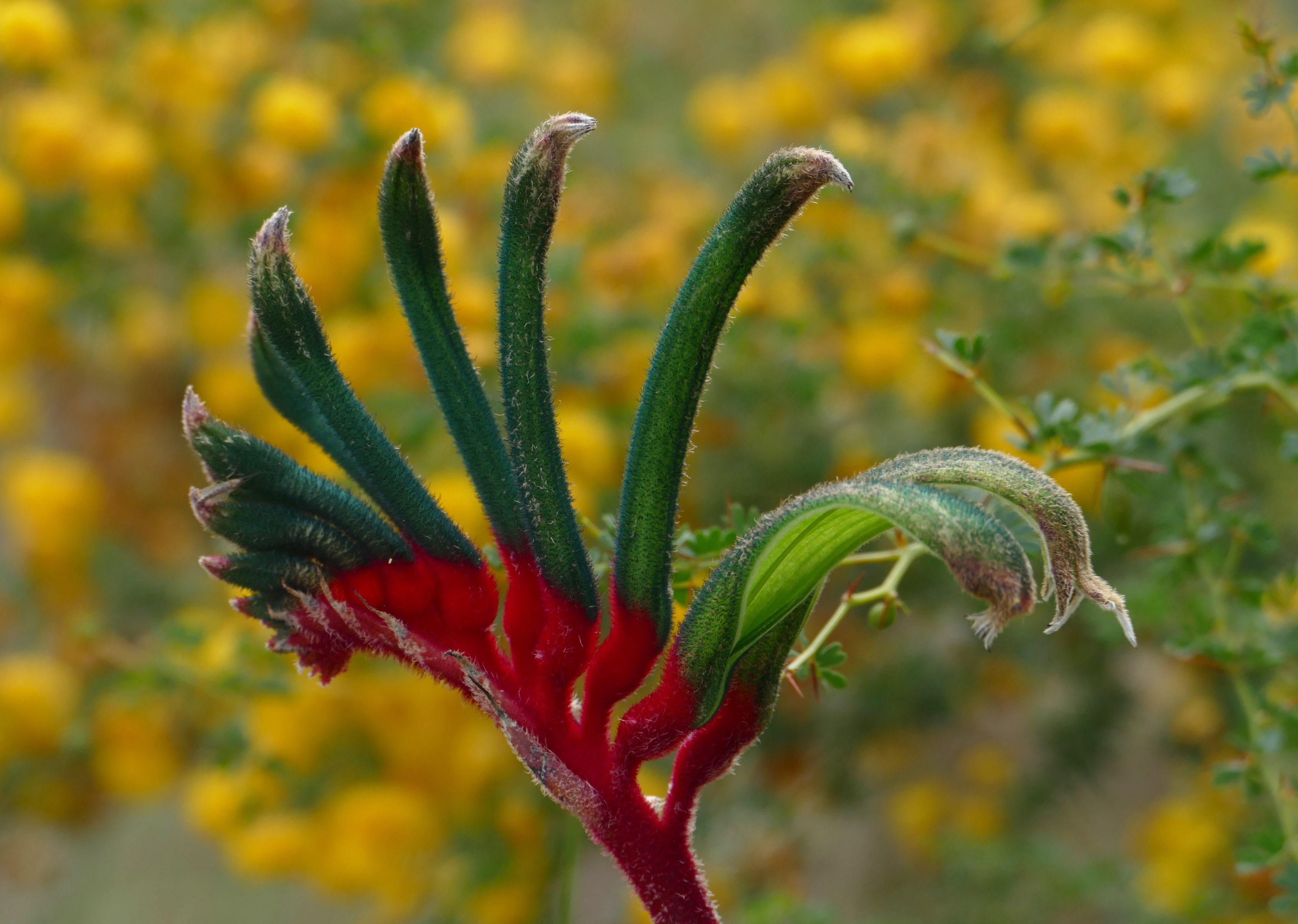Collectively and individually, members of the genus Banksia are among the world’s more spectacular and surprising flowering plants.
If one accepts the reclassification that brought the 94 Dryandra species into the Banksia fold, the genus has circa 170 members; if one does not, there are 79 named Banksia species.
Either way, all but one species are endemic to Australia.
The overwhelming majority naturally occur only in Western Australia, and most of those have very small ranges, in near-coastal parts of WA’s southwest.
Even by Banksia standards, the six prostratae species are “wondrous strange”.
Comments closed